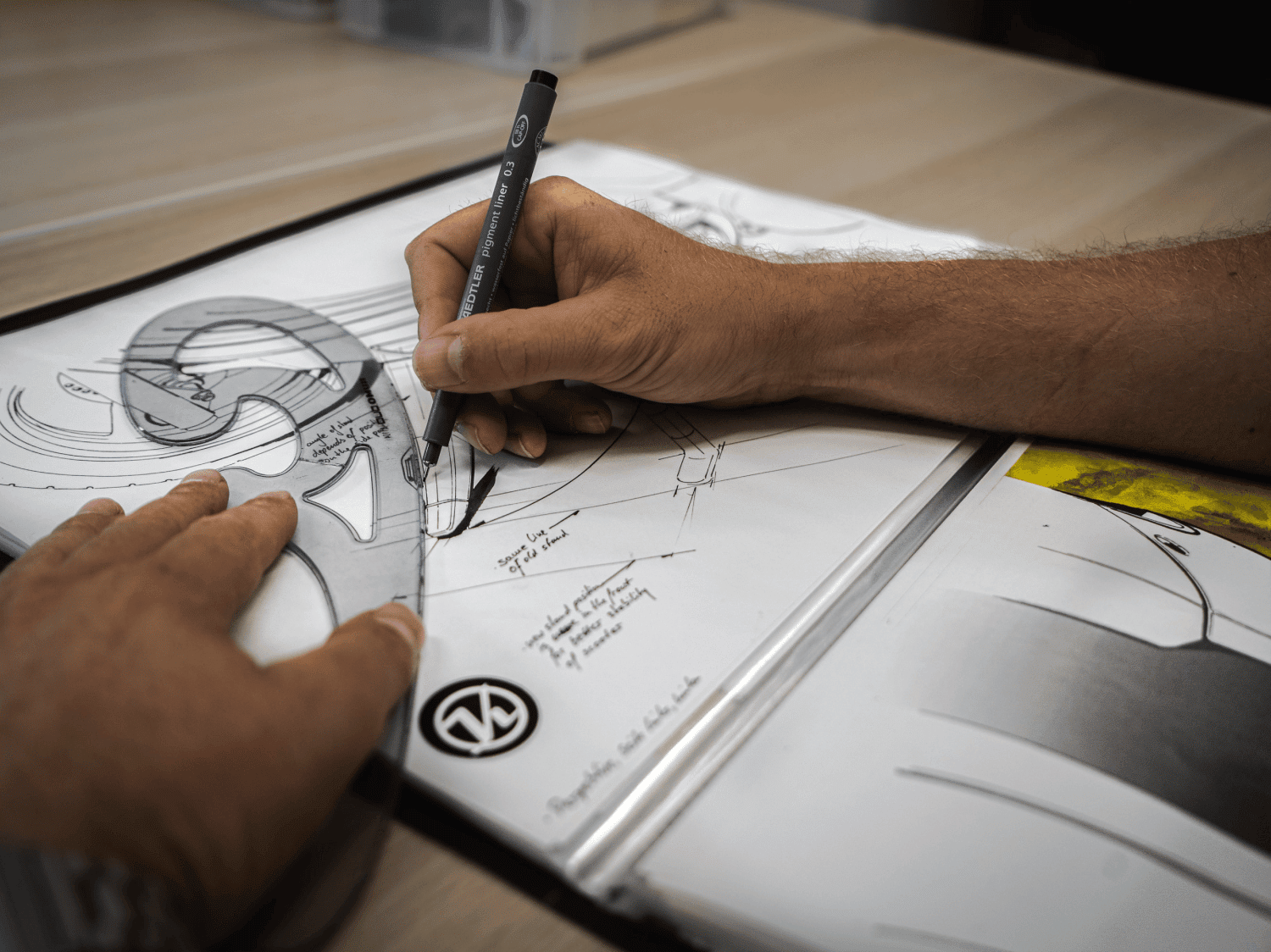The Future of Innovation: Unlocking the Power of Prototype Product Development

Image Source: Google
Innovation is at the heart of progress. Businesses that can adapt, evolve, and create new solutions are the ones that will succeed in a rapidly changing world. One key aspect of innovation is prototype product development. Prototyping allows companies to test ideas, gather feedback, and iterate quickly to create successful products.
The Rise of Prototype Product Development
Prototype product development company has gained significant traction in recent years as companies realize the importance of testing ideas before fully committing resources to them. By creating prototypes, businesses can:
Receive Early Feedback
- Prototypes allow companies to gather feedback from stakeholders, customers, and users at an early stage of product development.
- This feedback can help identify potential issues, improve features, and ensure that the final product meets the needs of the target audience.
Reduce Risk
- By testing ideas through prototypes, companies can identify and mitigate risks before scaling up production.
- This reduces the likelihood of costly mistakes and increases the chances of launching a successful product.
Enable Iterative Development
- Prototyping allows for quick iterations and modifications based on feedback, market trends, and technological advancements.
- This iterative approach to product development ensures that the final product is aligned with customer preferences and market demands.
The Future of Innovation
As technology continues to advance and consumer expectations evolve, the future of innovation will be shaped by companies that embrace prototype product development. The key trends that will define the future of innovation include:
Integration of Virtual and Augmented Reality
- Virtual and augmented reality technologies will play a crucial role in prototyping, allowing companies to create immersive experiences and gather valuable feedback.
- These technologies will enable businesses to test products in virtual environments, reducing the need for physical prototypes and accelerating the development process.
Collaborative Prototyping Tools
- Collaborative prototyping tools will become more prevalent, enabling teams to work together remotely on designing and testing prototypes.
- These tools will streamline the prototyping process, enhance communication among team members, and facilitate rapid iteration and feedback loops.
AI-Powered Prototyping
- Artificial intelligence will revolutionize prototype product development by analyzing data, predicting user behavior, and identifying potential design flaws.
- AI-powered prototyping tools will help companies make informed decisions, optimize product designs, and create more personalized user experiences.
Benefits of Prototype Product Development
The benefits of prototype product development are numerous and far-reaching. By embracing prototyping, companies can:
Save Time and Resources
- Testing ideas through prototypes helps companies identify and resolve issues early in the development process, saving time and resources in the long run.
- By iterating quickly, businesses can bring products to market faster and stay ahead of the competition.
Improve Stakeholder Engagement
- Prototypes are powerful tools for engaging stakeholders, investors, and customers by providing a tangible representation of the final product.
- Effective stakeholder engagement can lead to buy-in, support, and valuable insights that can shape the direction of product development.
Enhance Product Quality
- Through iterative development and continuous feedback, companies can fine-tune product features, functionality, and usability to deliver a high-quality product.
- Prototyping enables businesses to identify and address potential issues before launch, ensuring a positive user experience.
As the future of innovation unfolds, companies that harness the power of prototype product development will be well-positioned to drive growth, engage customers, and stay competitive in a rapidly changing market.
